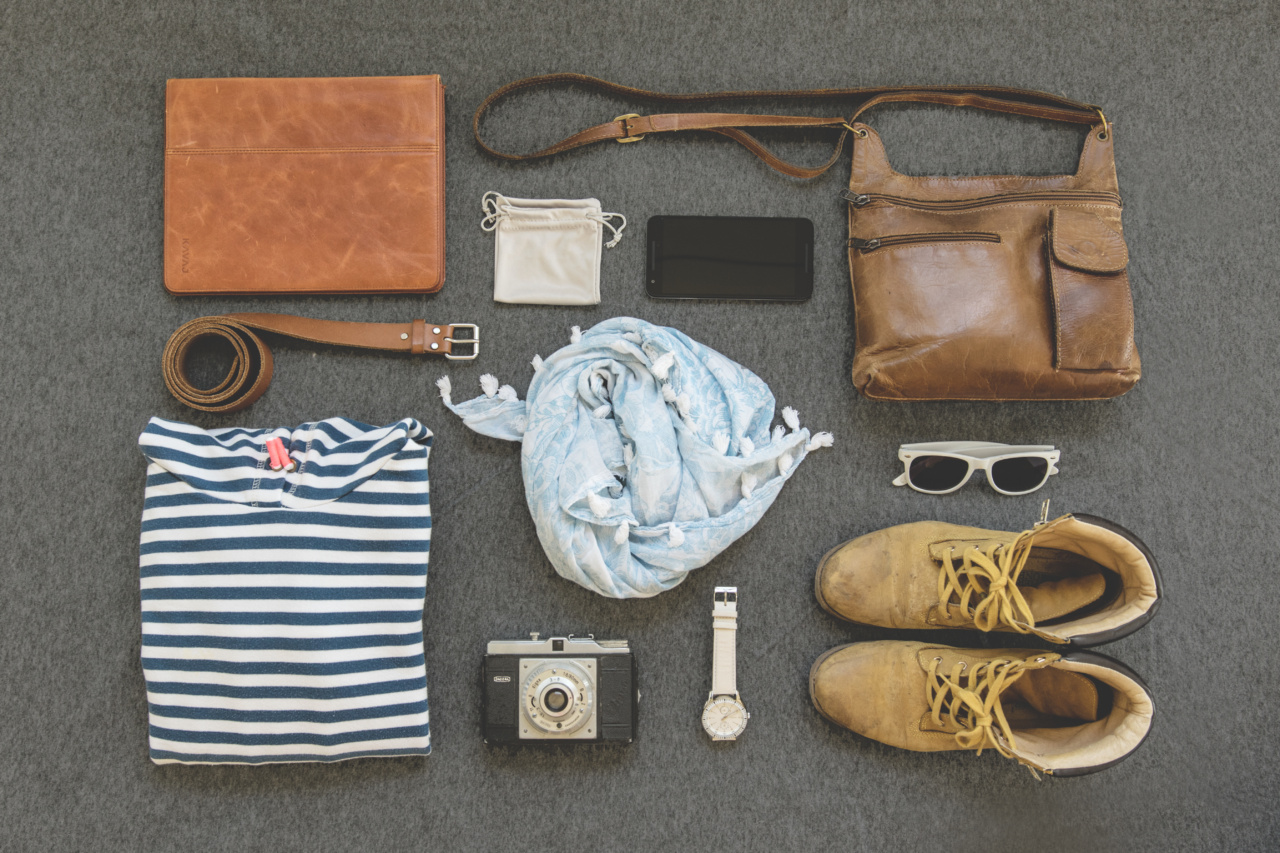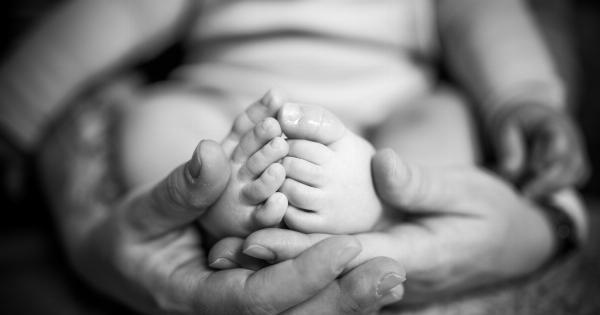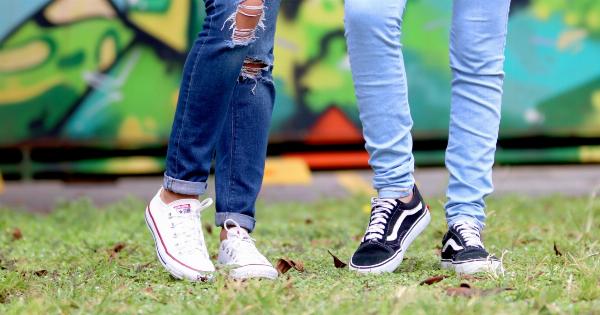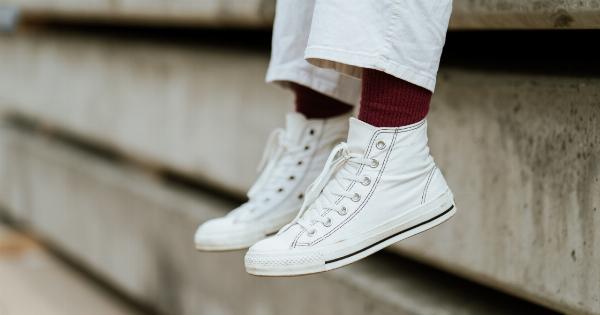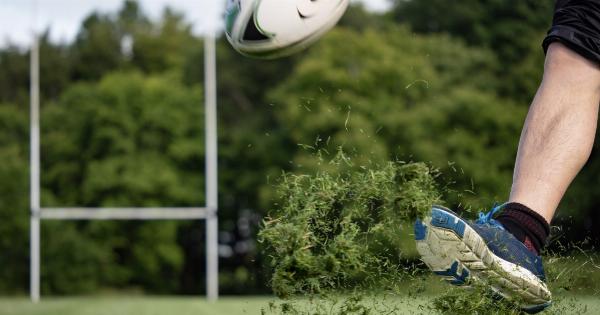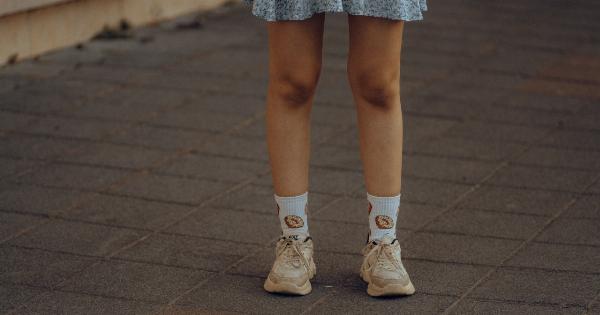We’ve all experienced that feeling of discomfort when our clothing or shoes are too tight.
Whether it’s a pair of jeans that won’t zip up all the way or a pair of shoes that squeeze our toes, tightness in clothing or shoes can be a major source of frustration and physical discomfort.
In this article, we will explore the causes of tightness in clothing or shoes, its effects on our bodies, and some solutions to alleviate and prevent this issue. So let’s dive in and find out how to deal with tight clothing and shoes!.
What Causes Tightness in Clothing or Shoes?
Tightness in clothing or shoes can be caused by various factors. Here are some of the most common reasons:.
1. Incorrect sizing
The most obvious cause of tightness is simply purchasing clothing or shoes that are the wrong size.
Whether you accidentally bought an item in the wrong size or your body has changed since your last purchase, wearing clothing or shoes that are too small will inevitably lead to discomfort and tightness.
2. Poor fit or design
Sometimes, even when an item is the right size, it may still feel tight due to poor fit or design. Certain styles of clothing or shoes may be more constricting or narrower in certain areas, causing tightness and discomfort during wear.
3. Weight gain or loss
If you’ve recently gained or lost weight, your clothing or shoes may suddenly feel tight.
Weight fluctuations can change the way our bodies distribute fat and affect the size and shape of our feet, leading to the need for new, properly fitting clothing and shoes.
4. Swelling or edema
Swelling or edema can occur in various parts of the body, including the feet, ankles, and legs. This swelling can make shoes feel tight and constricting, especially if they are not designed to accommodate the extra volume.
5. Material or fabric properties
The type of material or fabric used in clothing or shoes can also contribute to tightness. Some fabrics might not have enough stretch or give, making them less forgiving when it comes to accommodating our body’s movements.
Effects of Tightness on the Body
Tight clothing or shoes can have several negative effects on our bodies, both in the short term and long term. Here are some of the most common consequences:.
1. Restricted blood circulation
When clothing or shoes are too tight, they can impede blood circulation in certain areas. This can lead to numbness, tingling sensations, and even cramping in the affected body parts.
2. Skin irritations and rashes
Tight clothing or shoes can create friction and pressure points against the skin, leading to skin irritations, chafing, and even rashes. This is especially true when clothing or shoes are made from non-breathable materials that trap moisture and heat.
3. Nerve compression
Excessive pressure from tight clothing or shoes can compress nerves, causing pain, tingling, and even nerve damage. This is more common in areas where nerves are closer to the surface, such as the feet, hands, and waist.
4. Restricted range of motion
Tight clothing or shoes can limit our ability to move freely, restricting our range of motion. This can be particularly problematic during physical activities or exercises, making it harder to perform at our best and increasing the risk of injury.
Solutions for Dealing with Tight Clothing or Shoes
Now that we understand the causes and effects of tightness in clothing or shoes, let’s explore some practical solutions that can help alleviate and prevent this issue:.
1. Proper sizing and fit
Ensure that you are wearing the correct size for your body. Take accurate measurements and refer to size charts provided by brands before making a purchase. Additionally, try on clothing or shoes to assess their fit and comfort before buying.
2. Look for stretchy materials
Choose clothing or shoes made from stretchy and flexible materials that can adapt to your body’s movements. Fabrics like spandex, elastane, and jersey can provide a more forgiving and comfortable fit.
3. Avoid narrow or constricting styles
Opt for clothing or shoes with wider fits or designs that accommodate your body shape. Avoid styles that are known to be narrow or constricting in specific areas where you tend to feel tightness, such as skinny jeans or pointed-toe shoes.
4. Consider adjustable or customizable options
Look for clothing or shoes that offer adjustable features, such as drawstrings, elastic waistbands, or laces. These options can help you fine-tune the fit to your preferred level of comfort.
5. Address weight fluctuations
If you’ve gained or lost weight, reassess your wardrobe and invest in new clothing or shoes that fit your current body shape.
Remember that it’s important to embrace your body’s changes and provide it with the right support and comfort.
6. Take breaks and remove tight items
If you experience tightness during the day, give your body some relief by taking breaks and removing tight clothing or shoes temporarily. This can help improve blood circulation and reduce discomfort.
7. Gradually break in new shoes
If you’ve purchased new shoes that feel tight, avoid wearing them for long periods right away. Instead, gradually break them in by wearing them for short periods each day, allowing them to stretch and mold to your feet over time.
8. Choose breathable fabrics
Opt for clothing or shoes made from breathable fabrics that allow air circulation and moisture-wicking. This can help reduce skin irritations, rashes, and odors associated with tight and non-breathable materials.
9. Use accessories and aids
Consider using accessories or aids to improve the fit of your clothing or shoes. For example, shoe stretchers can help expand tight shoes, and waistband extenders can add extra inches to tight trousers or skirts.
10. Seek professional help if needed
If you consistently experience tightness and discomfort despite trying different solutions, it may be beneficial to consult with a tailor, shoe specialist, or healthcare professional.
They can provide personalized advice and recommendations based on your specific needs.
